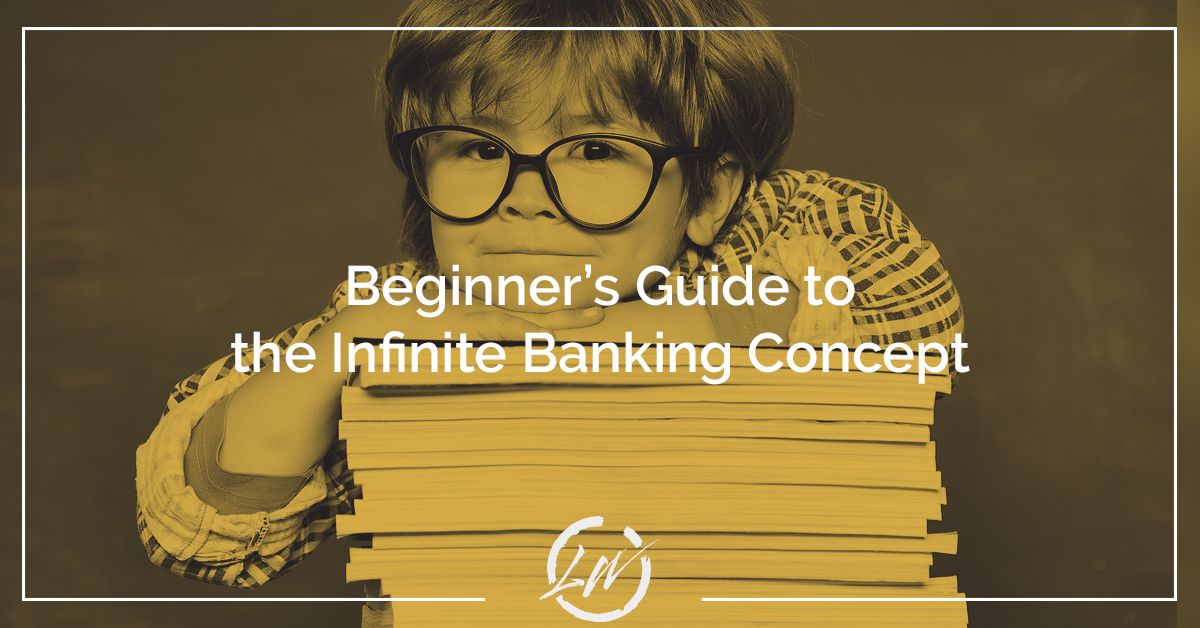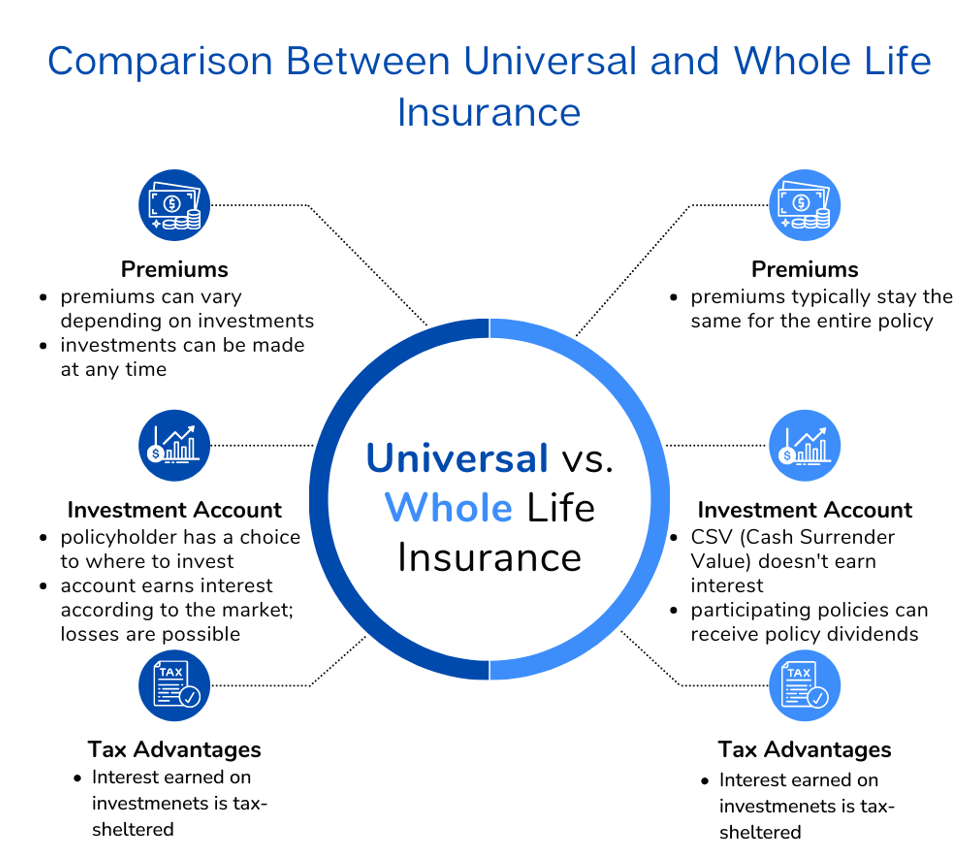All Categories
Featured
Table of Contents
Okay, to be reasonable you're actually "banking with an insurance provider" rather than "financial on yourself", yet that principle is not as easy to sell. Why the term "limitless" banking? The concept is to have your money operating in several locations at once, instead than in a single area. It's a little bit like the idea of buying a residence with cash, after that borrowing versus your home and putting the cash to operate in one more investment.
Some people like to talk concerning the "rate of money", which basically means the very same point. That does not imply there is absolutely nothing worthwhile to this concept once you obtain past the advertising.
The entire life insurance policy industry is afflicted by extremely expensive insurance coverage, large payments, shady sales methods, low prices of return, and poorly informed clients and salesmen. If you desire to "Financial institution on Yourself", you're going to have to wade right into this industry and in fact buy entire life insurance coverage. There is no replacement.
The assurances intrinsic in this item are essential to its feature. You can borrow against most kinds of money worth life insurance policy, yet you shouldn't "bank" with them. As you get an entire life insurance coverage plan to "financial institution" with, keep in mind that this is a completely different section of your financial plan from the life insurance area.
Acquire a large fat term life insurance coverage policy to do that. As you will see below, your "Infinite Financial" plan actually is not mosting likely to accurately offer this essential economic feature. One more trouble with the fact that IB/BOY/LEAP counts, at its core, on a whole life plan is that it can make acquiring a policy bothersome for most of those curious about doing so.
Ibc Banking Concept
Dangerous pastimes such as diving, rock climbing, sky diving, or flying also do not mix well with life insurance coverage items. The IB/BOY/LEAP supporters (salesmen?) have a workaround for youbuy the policy on somebody else! That might exercise great, given that the factor of the plan is not the survivor benefit, but bear in mind that acquiring a policy on small youngsters is a lot more expensive than it ought to be given that they are usually underwritten at a "basic" rate instead than a chosen one.

A lot of plans are structured to do a couple of things. The majority of frequently, plans are structured to make the most of the payment to the agent offering it. Negative? Yes. But it's the reality. The commission on a whole life insurance plan is 50-110% of the very first year's costs. Occasionally plans are structured to make best use of the fatality advantage for the costs paid.
The rate of return on the plan is extremely essential. One of the best means to optimize that aspect is to obtain as much cash money as feasible into the plan.
The most effective method to enhance the rate of return of a policy is to have a fairly tiny "base plan", and afterwards put even more money into it with "paid-up additions". As opposed to asking "How little can I place in to obtain a particular survivor benefit?" the concern comes to be "Just how much can I legally took into the plan?" With even more money in the plan, there is even more money value left after the expenses of the survivor benefit are paid.
An added advantage of a paid-up enhancement over a routine premium is that the compensation price is reduced (like 3-4% as opposed to 50-110%) on paid-up additions than the base plan. The much less you pay in payment, the higher your price of return. The rate of return on your cash money value is still going to be adverse for some time, like all money value insurance coverage plans.
Many insurance policy companies just provide "direct acknowledgment" loans. With a direct recognition funding, if you obtain out $50K, the reward rate used to the money value each year just uses to the $150K left in the policy.
Infinite Bank Statement
With a non-direct acknowledgment loan, the company still pays the very same returns, whether you have "borrowed the cash out" (practically versus) the policy or otherwise. Crazy, right? Why would they do that? That recognizes? However they do. Usually this function is combined with some less valuable aspect of the plan, such as a lower dividend price than you could receive from a policy with direct recognition lendings (r nelson nash infinite banking concept).
The companies do not have a resource of magic totally free money, so what they provide in one area in the policy have to be drawn from one more place. If it is taken from a function you care much less around and place right into a function you care much more around, that is a great thing for you.
There is one even more important function, typically called "wash lendings". While it is great to still have rewards paid on money you have actually taken out of the policy, you still have to pay passion on that finance. If the reward rate is 4% and the financing is billing 8%, you're not specifically appearing in advance.
With a clean loan, your finance rates of interest is the very same as the dividend price on the policy. So while you are paying 5% interest on the car loan, that passion is entirely countered by the 5% dividend on the loan. In that regard, it acts simply like you withdrew the cash from a bank account.

5%-5% = 0%-0%. Same exact same. Thus, you are now "banking on yourself." Without all 3 of these elements, this plan just is not going to work quite possibly for IB/BOY/LEAP. The most significant concern with IB/BOY/LEAP is the individuals pushing it. Almost all of them stand to make money from you getting into this principle.
As a matter of fact, there are several insurance policy representatives talking regarding IB/BOY/LEAP as a function of entire life that are not in fact marketing plans with the needed attributes to do it! The trouble is that those who know the idea best have a massive conflict of rate of interest and generally inflate the benefits of the concept (and the underlying plan).
Life Insurance Bank
You need to contrast loaning against your plan to withdrawing money from your savings account. No cash in money worth life insurance coverage. You can place the cash in the financial institution, you can invest it, or you can get an IB/BOY/LEAP policy.
You pay taxes on the rate of interest each year. You can save some more cash and put it back in the financial account to begin to earn interest once again.
It grows for many years with resources gains, rewards, rental fees, and so on. Some of that revenue is exhausted as you accompany. When it comes time to get the boat, you offer the investment and pay taxes on your long-term capital gains. You can save some even more money and get some even more investments.
The cash money value not used to pay for insurance policy and payments grows for many years at the returns price without tax drag. It begins with adverse returns, but with any luck by year 5 or so has actually recovered cost and is expanding at the dividend price. When you go to buy the watercraft, you borrow against the plan tax-free.
Infinite Banking Concept Agents
As you pay it back, the money you repaid begins expanding once more at the dividend price. Those all work pretty in a similar way and you can compare the after-tax rates of return. The fourth option, nevertheless, works extremely differently. You do not save any money nor buy any sort of financial investment for several years.
They run your credit history and provide you a financing. You pay rate of interest on the borrowed money to the financial institution until the lending is repaid. When it is paid off, you have a virtually pointless boat and no money. As you can see, that is nothing like the very first three options.
Latest Posts
Infinite Banking Center
Infinite Banker
Becoming Your Own Banker : The Infinite Banking Concept ...